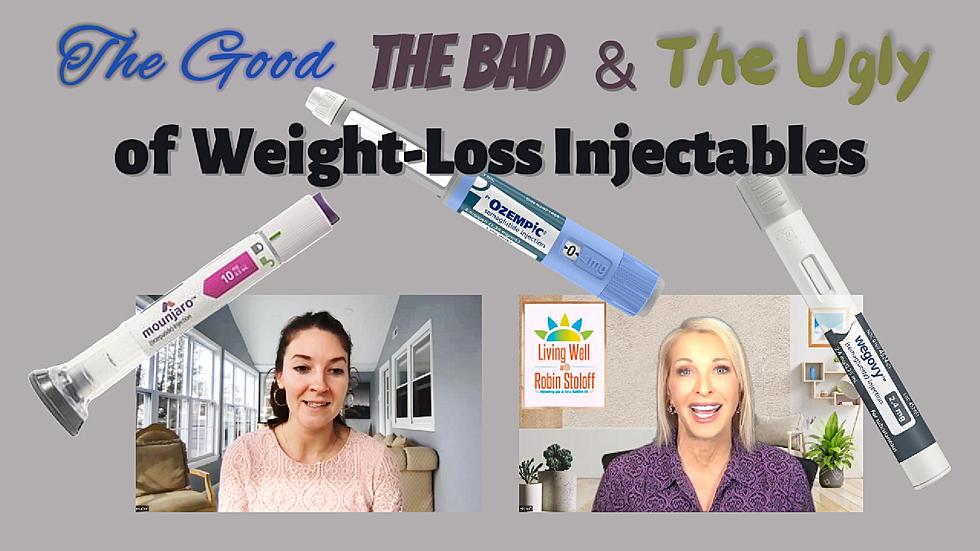
Build a Plate You Won’t Hate
One of the first steps in having a nutritious, balanced diet is building a healthy plate. A great tool to use is My Plate at myplate.gov. It is a tool designed by the US. Department of Agriculture and highlights the five food groups that are the building blocks of a healthy diet. You can take a quiz to assess your current eating habits and goals and get a customized plan.
There are healthy recipes, guidelines based on your age and health status as well as the start simple my plate app on the app store. It is very thorough information and it is all free of charge.
The site also helps you meet healthy eating goals one at a time. Use the Start Simple with MyPlate app to pick simple daily food goals, see real-time progress, and earn badges along the way. This easy-to-use app can help you make positive changes. Healthy eating can help you achieve a healthier life overall.
Sometimes portion control can be challenging. Preparing meals at home can help you control your portion, as long you avoid second or third helpings. Use smaller plates and bowls to help you choose smaller amounts of food. Have meals at the table instead of in front of the television. Mindful eating will help you enjoy each bite, savor your meal and eat smaller portions. When dining out, ask about half-size or lunch-size portions. Ask for a to-go box and put away half your meal before you start eating. Take small sips of water in between bites to help you slow down and recognize when you are full.
If you are trying to build a healthier plate, think whole, fresh, colorful foods. You can divide it into sections of approximately 30 percent grains, 30 percent vegetables, 20 percent fruits, and 20 percent protein, accompanied by a small amount of dairy, such as a glass of low fat/nonfat milk or a yogurt cup or a dairy substitute with calcium and vitamin D. Here is a quick summary of these nutrients from the USDA.
- 1
Fruits
Focus on whole fruits. Fruits provide important vitamins and minerals—including potassium, vitamins A and C, and folic acid.
Fruit options include apples, apricots, bananas, blueberries, cantaloupe, cherries, grapes, grapefruit, honeydew, kiwifruit, oranges, peaches, pears, pineapple, plums, raspberries, and strawberries
- 2
Vegetables
Vary your veggies. Low in fat and calories, vegetables may also protect against heart disease and certain cancers.
Vegetable options include asparagus, artichoke, broccoli, Brussels sprouts, cabbage, cauliflower, celery, cucumber, dark green leafy lettuce, eggplant, green beans, mushrooms, onion, pepper, spinach, squash, sweet potato, and tomato.
- 3
Grains
Make half your grains whole grains. Whole grains contain fiber and key nutrients such as iron, magnesium, and folic acid. Make half of the grains you eat whole grains.
Good grain options include brown rice, bulgur wheat, high-fiber cereal, oatmeal, whole-grain pasta, whole-grain bread, whole-grain tortillas, and whole-wheat couscous. Protein Vary your protein routine. Protein helps the body repair muscles and cartilage. Choose lean proteins such as chicken or turkey without skin, fish (tuna, salmon, tilapia), lean cuts of beef or pork, tofu, beans, eggs, and peanut butter.
- 4
Protein
Protein is a part of every cell in the body. It helps the body to build and repair cells and tissues. Protein is a major component of the skin, muscle, bone, organs, hair, and nails.
Most people in the United States get enough protein from their diets to meet their needs, but the type of protein you eat is very important.
All foods made from seafood; meat, poultry, and eggs; beans, peas, and lentils; and nuts, seeds, and soy products are part of the Protein Foods Group. Beans, peas, and lentils are also part of the Vegetable Group.
Select a wide variety of protein foods to get more of the nutrients your body needs and for health benefits. Meat and poultry choices should be lean or low-fat, like 93% lean ground beef, pork loin, and skinless chicken breasts. Choose seafood options that are higher in beneficial fatty acids (omega-3s) and lower in methylmercury, such as salmon, anchovies, and trout.
- 5
Dairy
Switch to low-fat or fat-free milk and yogurt. Dairy products contain calcium that helps keep bones strong.
Good choices include low-fat cheese, yogurt, or cottage cheese, and low-fat or fat-free milk. There are also plenty of dairy substitutes that offer calcium and Vitamin D.
More From Lite 96.9 WFPG









